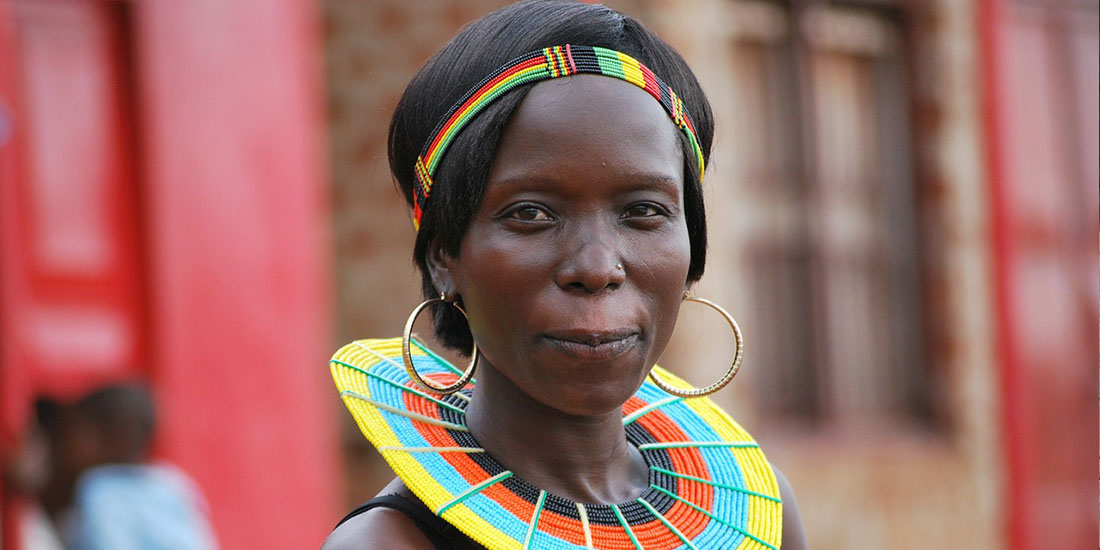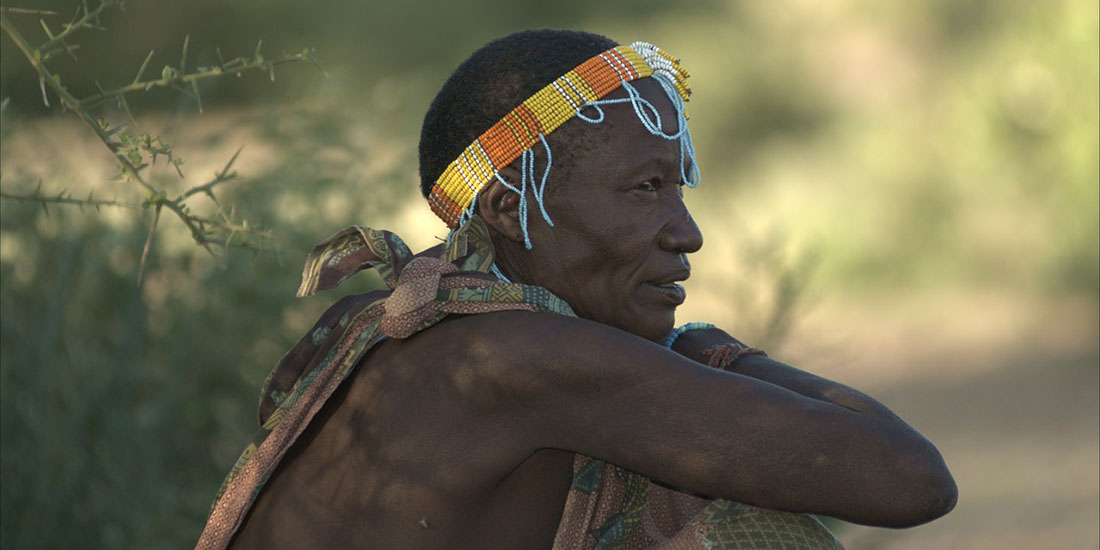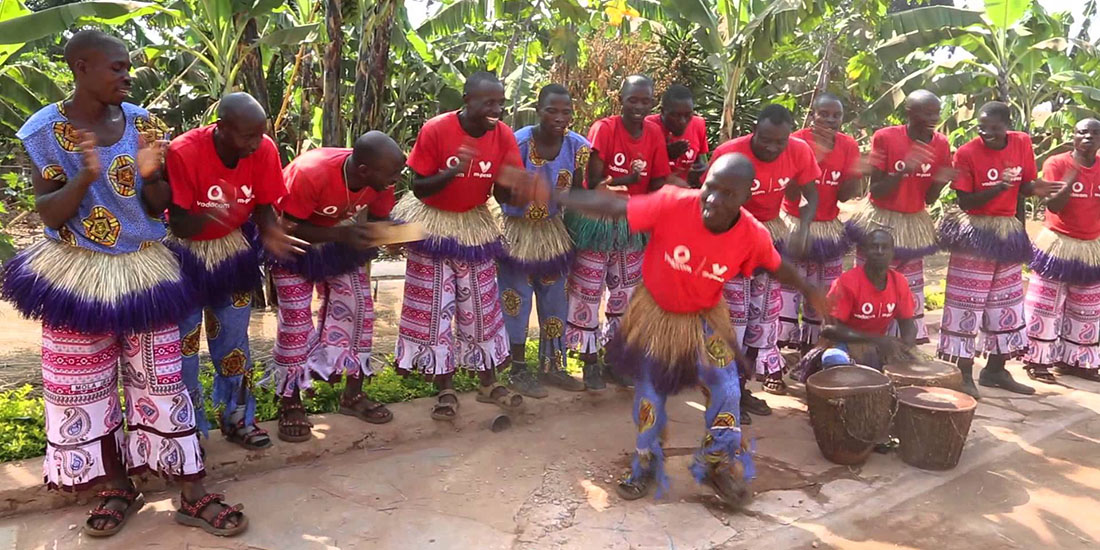MAASAI @ Maasai Land
Although their population is less than 5% of all Tanzanians, the Maasai people out of more than 130 tribes have become the classic symbol of Tanzania and all East Africa.
The Maasai are Nilotic origin and migrated to the region from Sudan. They are pastoral nomads who have vigorously resisted change and today most of them still live the same way of life that they have for centuries.
The Maasai culture centres around the cattle and everything related to it is concerned sacred as well as the land. They live in little round villages called boma owned by a Maasai chief. Maasai society is patriarchal and polygamy is wide-spread; the wealth of a chief is measured by the number of his cattle and wives.
The most important part of each Maasai is becoming an adult, when both boys and girls are circumcised; in Maasai world this is the only distinction between a child and an adult. Maasai girls are ready for marriage and Maasai boys become moran or warriors becoming in charge for the cattle; they are easily recognized wearing long red rasta hair and lots of beaded ornaments.
If interested, a stop OR a day visit to a traditional Maasai boma OR even an overnight Maasai cultural experience can be organised.
Contact us for details!




